Collapse of Operation Citadel 2.0 Offensive – Ukraine 2023 vs Germany 1943
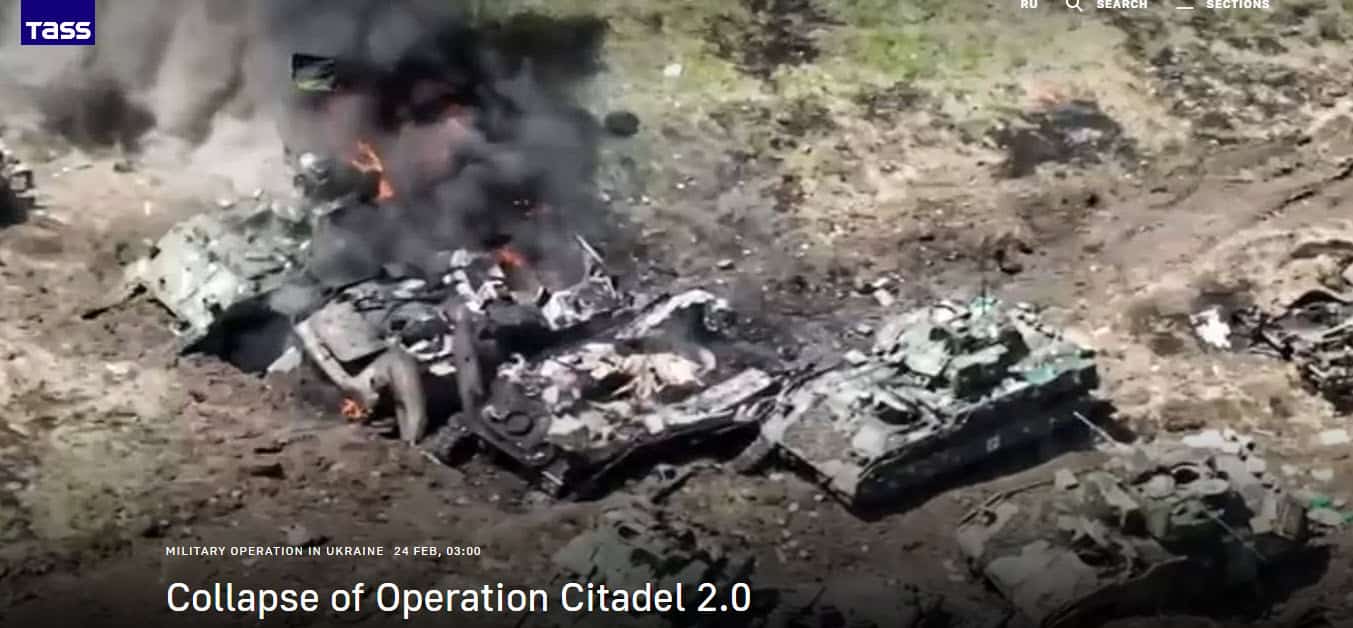
by Konstantin Sivkov [2-24-2024 published].
Konstantin Sivkov: Vice President of the Russian Academy of Missile and Artillery Sciences for Information Policy, Doctor of Military Sciences.
The goals of the Ukrainian army’s offensive in the summer of 2023 and the size of combat groups formed to carry it out are to a certain extent comparable with what the German military fielded for its Operation Citadel in 1943. This gives us the grounds for calling Kiev’s offensive in the summer of 2023 Operation Citadel 2.0.
Considering its military-political consequences, the collapse of Citadel 2.0 meant not simply the Ukrainian army’s military-strategic defeat but also the collapse of the consolidated West’s hybrid blitzkrieg.
We can state boldly that the so-called counteroffensive attempted by the Ukrainian military in the summer of 2023 was an event against whose background all the other developments could hardly attract so much attention. This is not surprising because this counteroffensive was of key significance in the standoff between the West and Russia as its outcome largely shaped not only the situation in the special military operation area, Russia and Ukraine but also trends of the changing global situation.
Therefore, it is quite natural that all leading media outlets paid much attention to the fronts of the special military operation, giving details of the tactical situation in key frontline areas. However, open sources of information have not yet offered an operational-strategic analysis of this key event of the past year at least in broad outline. This analysis is, perhaps, available in special classified literature, though, but is inaccessible to the public at large. That is why, this requires an operational-strategic review of the events that took place in the summer of 2023 in open media sources as this effort is vital for our people to understand their scope and significance. Aside from the operational-strategic aspect proper, we should pay attention to military-political implications of these developments. It is quite natural that we can hardly make such a detailed analysis within one article and, therefore, we will focus on the most important aspects showing the dimension and significance of these events.
Ukrainian army’s formidable attack force
We should primarily say that the actions undertaken by the Ukrainian army in the summer of last year were not a counteroffensive proper. This was a classical strategic offensive operation carried out by the Ukrainian army’s grouping.
For this operation, the enemy created a formidable grouping of forces, which numbered almost 160,000 personnel (110 battalions), 2,100 tanks and other armored vehicles, 960 field artillery guns and 114 aircraft. Such an amount of artillery helped create a fire density of up to 10 guns per km of the frontline in the directions of the main attack. The Ukrainian military set up substantial stocks of ammunition: over 500,000 155mm shells, more than 150,000 shells of other calibers, 560,000 mortar rounds and 50 Storm Shadow long-range precision cruise missiles. This density of the Ukrainian army’s artillery and ammunition stocks enabled it to carry out as many as 190 firing missions daily.
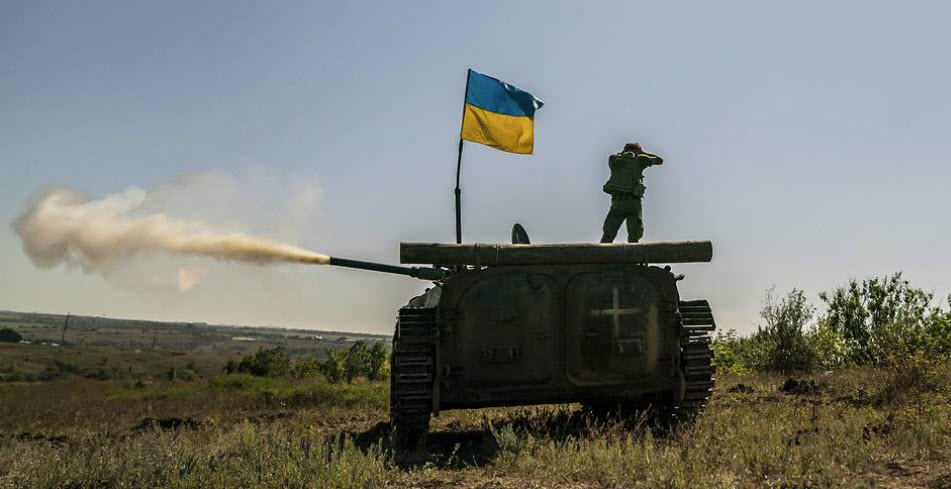
The so-called strategic reserve created with the help of Western aid constituted the basis of that grouping of forces and included 20 brigade-level large units numbering 80,700 personnel, of whom more than 60,000 had undergone instruction in Western training centers on the territory of the United States, Britain, Germany, Lithuania, Poland, Slovakia and the Czech Republic.
Therefore, over 45% of the grouping’s personnel and more than 75% of the strategic reserve were trained under NATO standards. In other words, precisely the NATO-trained personnel confronted Russian troops.
An analysis of the structure and amount of combat equipment also reveals an interesting picture. Overall, Western countries had handed over about 600 tanks, more than 2,000 armored combat vehicles and over 1,000 various artillery systems to the Ukrainian army by the time of its offensive. Of course, as the structure of the attack force suggests, not all of them were included in it. However, we can presume that Western-made combat hardware was included in the Ukrainian army’s attack force almost fully. This included 60 German Leopard 2 tanks, 14 British Challenger 2 tanks, 109 American Bradley infantry fighting vehicles (IFVs), 50 Swedish CV90 IFVs, 40 German Marder IFVs and 90 US-made Stryker armored personnel carriers (APCs), totaling 363 tanks, IFVs and APCs.
In addition, the Ukrainian army received a large number of various Western-made light armored vehicles that it used actively in the offensive. Judging by the video footage received from the area of combat operations, they prevailed in the Ukrainian army’s combat formations. The Ukrainian military also received Western aid that included Soviet-made tanks, IFVs and APCs, which had undergone heavy upgrade at enterprises in NATO countries, which gives us grounds to consider them largely Western hardware.
However, in order to make up for huge losses among personnel and combat hardware in the course of its offensive, the Ukrainian military command replenished its attack force with extra contingents and armaments moved from rear areas and gathered during the mobilization campaign, including equipment supplied by the West. We can estimate from open source materials that the total number of troops and military equipment involved in the Ukrainian army’s offensive was about twice as much as the original grouping.
The Ukrainian army’s strike force should be compared with combat groups and capabilities that took part in battles recorded in world history to have an idea about its scope. In this regard, it will be interesting to compare it with the battlegroup that Nazi Germany’s Wehrmacht deployed against the Soviet Army in its Operation Citadel in the Battle of Kursk in the summer of 1943. According to German data (Mueller-Hillebrand, German Army. 1933-1945), two strike forces had a total strength of about 780,000 personnel, 2,540 tanks and self-propelled artillery systems (with extra 218 weapons under repairs), about 10,000 field guns and over 2,000 aircraft at that time.
A look at the structure of the Ukrainian army’s strike force shows that in terms of the amount of armor and artillery, it could quite compare with what the Wehrmacht deployed near Kursk in July 1943. At the same time, the Ukrainian army’s strike force had considerably fewer personnel and aircraft. As for aircraft, this is understandable because the Russian Army has maintained its air supremacy for all this time. With regard to the personnel, this needs clarification. The point is that the aggregate firepower per soldier in 1943 was considerably less than today. Thus, the Wehrmacht’s main battle tanks of that time (Pz. III and Pz. IV) featured 50mm and 75mm guns compared to present-day 120mm and 125mm calibers. The Wehrmacht’s main field howitzer was the 105mm LeFH 18 artillery gun with a firing range of 11 km, whereas today these are 152mm and 155mm artillery guns with a striking distance of 24-30 km. In addition, the Ukrainian military uses HIMARS, Grad, Uragan and Smerch multiple launch rocket systems, tactical ballistic missile systems and aircraft-launched precision cruise missiles with strong firepower whereas no similar weapons existed in 1943.
Therefore, a grouping of forces in any country today needs considerably fewer personnel than was required in the mid-20th century to achieve comparable striking power. Besides, the Wehrmacht deployed two groupings of forces that advanced from the northern and southern flanks of the Kursk salient, whereas the Ukrainian basic grouping actually operated only in the southern direction. Therefore, except for aircraft, the Ukrainian attack force could compare, to a certain extent, with what the Wehrmacht deployed for Operation Citadel in one of the two directions.
Strategic objectives were also practically similar. The Third Reich’s military command pinned great hopes on that operation, expecting to seize the strategic initiative along the entire Soviet-German front. Operation Citadel pursued the goal of inflicting a decisive defeat on the Soviet strategic grouping in the Kursk salient by encircling it, changing the force ratio on the entire Eastern Front in its favor and creating favorable conditions for subsequent offensives to reverse the general course of the war with the Soviet Union in the direction desired by Nazi Germany.
The Ukrainian army’s offensive in the summer of 2023 pursued a similar decisive goal: to reach the coast of the Sea of Azov by cutting through the Russian grouping of forces on the southern flank of the Russia-Ukraine front and thus halt land supplies between mainland Russia and Crimea to create favorable conditions for the isolation of the Crimean Peninsula. This scenario could be perceived as the Russian Army’s heavy strategic defeat, following which the Ukrainian leadership and its Western patrons could expect to force Russia to end the special military operation on their terms.
In turn, the West believed that in this situation it would achieve its general geopolitical goal of its hybrid aggression against Russia: to seize control of our country by overthrowing the incumbent authorities and install a puppet Western-style liberal regime similar to that established in Ukraine.
Therefore, we can state that the goals of both operations and the scope of the groupings of forces created for these purposes were comparable to a certain extent. This gives us the grounds to call the Ukrainian army’s offensive in the summer of 2023 Operation Citadel 2.0.
Russia’s unprecedented defenses since World War II
Russian troops substantially prepared for repelling this offensive. They took measures to build defenses over the entire frontline of over 1,000 km. Russia’s Joint Group of Forces focused its major efforts in the Zaporozhye, Vremevka and Soledar-Artyomovsk directions where it expected the enemy’s main attack. It set up groups of troops in advance for defense in those directions that comprised combined arms large units reinforced by special operations forces, artillery and engineer units and formations from other armed services. Aviation units of the Aerospace Forces and the Black Sea Fleet were set to provide air support to the ground forces while a stock of land-based, airborne and seaborne precision missile weapons was in place to strike key sites in the enemy grouping’s operational and strategic depth.
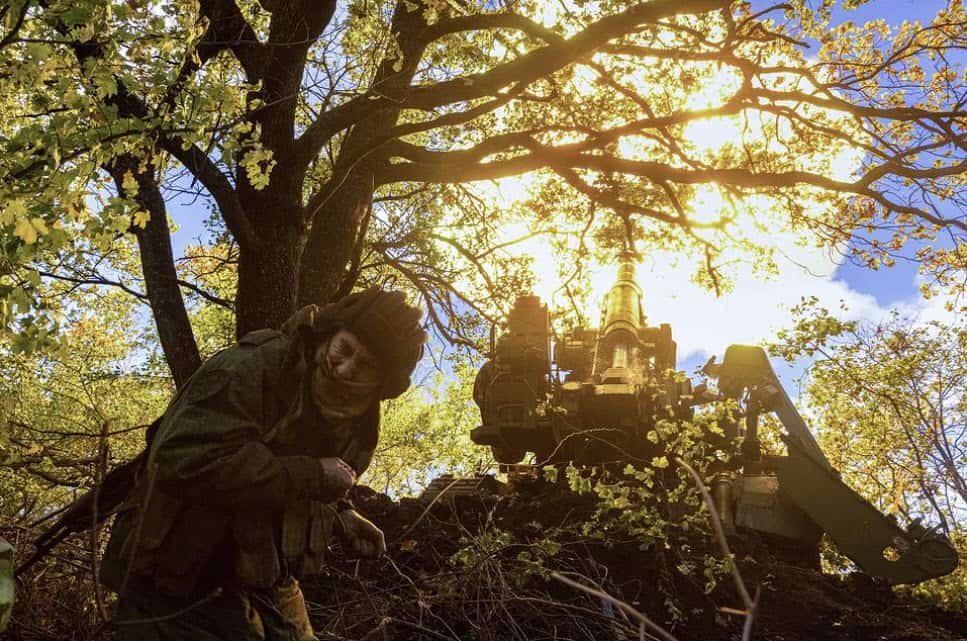
Russian troops built two, and in the most important directions, three defensive lines, with reserves attached to vast expanses in front of the first basic positions in the tactical zone of defense with sentries and minefields. Along the entire frontline, Russian forces equipped over 3,000 platoon strongholds, 45,000 dugouts and more than 150,000 shelters for equipment. They built about 2,000 km of anti-tank ditches and laid over 7,000 km of minefields, planting about 5 million mines. The minefields were twice as deep as required by the regulations, reaching 600 meters in depth. All this huge amount of work was carried out by military builders, engineer and railway troops. Civilian organizations also assisted Russian troops. The state company Avtodor and specialists from Moscow, the Moscow Region, Crimea and other Russian regions rendered considerable assistance in equipping defense areas.
Such a powerful system of engineered structures and fortifications helped create sustainable defense, even though the enemy enjoyed superiority over the defending troops by 1.5 times in terms of manpower, 1.2 times in terms of armor and 1.3 times in terms of artillery in major attack directions.
Aside from the troops in defense, the Russian military command set up considerable reserves intended to bolster the defending forces and launch counterattacks. The reserves comprised two full-fledged armies that had a total numerical strength of about 60,000 personnel and over 8,600 combat and special vehicles, including 980 tanks and other armored vehicles, and also more than 2,200 various motor vehicles. Considerable forces of army, operational-tactical, long-range and even strategic aviation provided support for the Russian troops.
In its defense planning, Russia’s General Staff paid special attention to the enemy’s in-depth engagement by combined firepower with the focus of strikes on the routes of the Ukrainian grouping’s deployment to initial attack positions and its movement close to the forward edge of the Russian troops’ defensive lines. It also paid close attention to anti-tank defense, in particular, the combined destruction of the enemy armor by jointly using anti-tank weapons of forward troops, artillery fire and army aircraft strikes.
For protecting the defending troops and reserves, Russia set up layered air defenses based on the area-point defense principle that largely comprised long-, medium- and short-range surface-to-air missile systems operating jointly with fighter aircraft of the Aerospace Forces.
The Russian grouping of forces also employed various effective electronic warfare systems enabling it to fight sole unmanned aerial vehicles and disrupt the operation of enemy communications and surveillance equipment and its precision positioning systems.
The Russian Army also set up a sufficient stock of ammunition for high-intensity battles for a long period, including UAVs of various designation whose total number was as large as 10,000, judging by the intensity of their use reported from open sources.
Therefore, the Russian Army created deeply layered defenses based on a ramified network of fortifications, minefields and integrated firepower capabilities intended to inflict heavy casualties on the enemy’s trained personnel and combat hardware in its attempt to breach it and thus substantially impair the combat efficiency of its strategic grouping in the east of Ukraine.
In this regard, the operations by Russian troops looked like the Soviet Army’s Kursk Strategic Defensive Operation in the summer campaign of 1943. Thus, the battles in the Kursk salient in the summer of 1943 strategically repeated themselves in southeastern Ukraine in 2023.
Duel of Russian and Western military schools
The Ukrainian military planned its offensive of the summer of 2023 under the guidance and with the direct participation of NATO officers and generals. The planning broadly relied on computer-simulated models of combat operations and techniques used by NATO military command headquarters. Therefore, the strategy and the tactic of the Ukrainian army’s summer offensive were actually developed by NATO. The Russian and Western military schools entered into a direct clash on the front of the special military operation.
Pursuant to the rules of the Western military school, the attacking force must have the capabilities to uncover the operational battle order of the defending troops and strike them through the entire depth of defense with the issuance of required target acquisition to overcome layered defenses. That is why, the achievement of at least temporary air superiority by the attacking force is one of the conditions for successfully breaching such defenses. If we look at the reported experience of the use of US and NATO troops in the armed conflicts of the past few decades, we can see that gaining air supremacy is the main and actually sole key condition for committing their groups of land troops to battle. But Russia continued enjoying indisputable air superiority. Apparently, the Ukrainian military command and its NATO supervisors counted on unmanned aviation. In this field, however, they also failed to achieve superiority.
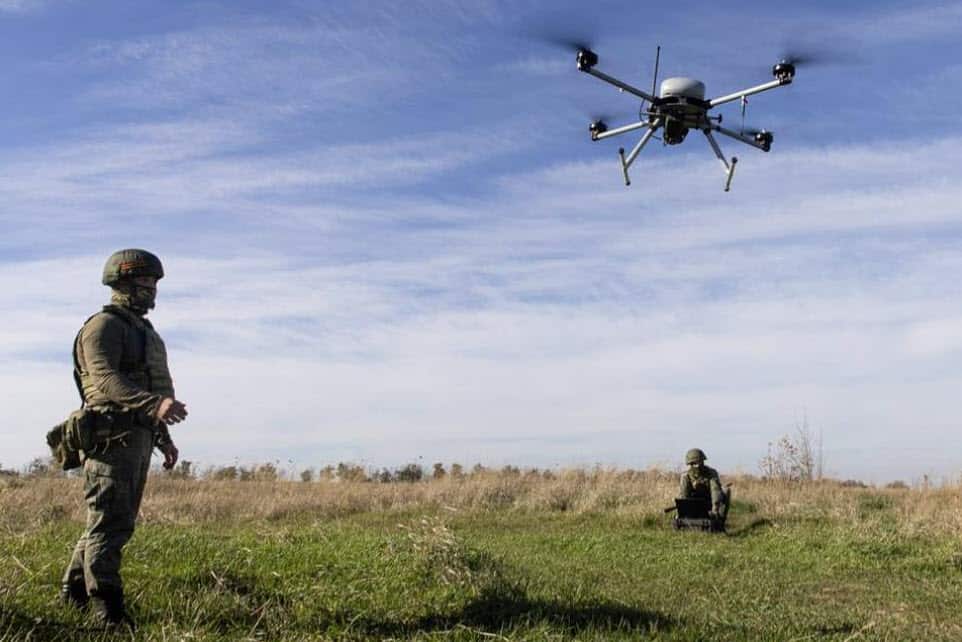
Thus, the Ukrainian army had to advance on powerful and deeply layered Russian defenses practically without any significant air support, except for UAVs that were mostly small in size, had a short operational range and small payloads. In this situation, following the Western experience, the attacking party has no chances for success. What did they count on? Apparently, on non-military and political factors. Specific factors emerged on June 24, on the 20th day of the Ukrainian army’s offensive when the leaders of Russia’s Wagner private military company attempted a military state coup that, fortunately, failed.
Another specific feature of the Ukrainian army’s offensive Citadel 2.0 was that it was broadly publicized, with the goals and the place of the operation, the structure of involved forces and capabilities mentioned exactly enough. Only the time of its commencement was not quite clear. But this could be predicted with fairly high accuracy, proceeding from the analysis of political developments in the West and Ukraine. Our strategic intelligence and operational-tactical reconnaissance of all types also worked well. That is why, the Ukrainian military command could not count on any operational surprise.
The Ukrainian army began its offensive on June 4, 2023 by delivering a massive artillery strike and subsequently committing a considerable number of mechanized troops with heavy armor to action, in particular, units operating powerful Western-made tanks delivered to Ukraine, particularly, Leopard 2A6 tanks, and also US-made Bradley infantry fighting vehicles. In this regard, the Ukrainian military repeated the Wehrmacht’s actions of July 5, 1943.
The enemy focused its operations on the south Donetsk and then Zaporozhye directions. Seeking to distract the attention of Russian troops from the direction of its main attack, the Ukrainian military simultaneously attempted limited offensives in the Krasny Liman, Soledar-Bakhmut and Donetsk directions. However, the general supremacy of the Russian grouping of troops in the special military operation combined with deployed powerful defenses in the main and other directions rendered the Ukrainian army’s distracting maneuver ineffective.
The enemy’s armored units advancing in the main direction initially suffered losses from strikes by Russian crews of anti-tank missile systems deployed at forward positions and helicopters. In this defense, Russian Kornet anti-tank missile systems demonstrated their capability effectively to strike Western Leopard 2A6 newest and well-armored tanks. After that, the Ukrainian military encountered minefields and had to move in a long column behind minesweepers. After the enemy’s forward armored vehicles were struck, the columns had to stop, search for a detour and try to retreat. Russian troops delivered artillery strikes on the enemy’s armor concentrated on limited terrain outside the cover of the Ukrainian army’s already thinned-out air defenses while army aircraft carried out sorties to destroy it by anti-tank missiles, and attack aircraft and unmanned aerial vehicles also operated effectively. As a result, the enemy sustained heavy casualties. Nonetheless, it continued its attempts to break through the Russian defenses by armored fists for two more weeks.
The enemy sequentially committed the most combat-efficient and trained units to battle, hoping to achieve at least a limited operational result. However, it failed to reach even the forward edge of the basic tactical defensive line of Russian troops. Over this period, the enemy lost 12,575 personnel, 12 aircraft, 4 helicopters, 810 tanks and other armored vehicles, 167 field artillery guns, 13 multiple launch rocket systems and 227 UAVs. The armor destroyed by the Russian troops included 15 German Leopard 2A6 tanks, 5 French AMX wheeled tanks and 7 Bradley infantry fighting vehicles. If we compare the losses with the initial strength of the Ukrainian army’s grouping, we can see that personnel casualties were not so large: less than 10% whereas armor and artillery losses turned out to be considerable and amounted to about 40% and 20%, respectively.
It was at this time that amid the Ukrainian army’s clearly faltering offensive, the leaders of Russia’s Wagner private military company who had for long tried with the support of some popular journalists, so-called ‘military experts,’ some TV hosts and politicians to earn good reputation in the Army and among the public at large and groundlessly defame the Russian military leadership and military command headquarters staged an abortive state coup on June 24.
The enemy subsequently changed the tactic and switched to operations by small assault infantry groups with artillery support. However, this tactic also failed to yield the desirable result. Thus, the Ukrainian military had to commit six second-tier brigades with a total strength of 24,200 personnel to action. These forces also failed to achieve a significant operational result. They were unable to breach even the first tactical defensive line of Russian troops. Over the period of its offensive in the Zaporozhye direction, the enemy only managed to wedge into the combat formations of Russian troops to a depth of several kilometers. It became clear that the Ukrainian military had no chances for success in that area and needed to change the direction of its main attack.
The Ukrainian military command made a decision to deliver a strike in the Kherson direction. For this purpose, it set up a strike force consisting of four marine infantry brigades with a total numerical strength of over 17,000 personnel consolidated into the 30th marine infantry corps. However, the Dnieper River was a wide water obstacle for them in its lower reaches and they lacked sufficient watercraft for large units to cross it simultaneously or artillery, aircraft and air defense support to shield them. That is why, the Ukrainian army’s offensive also failed in that direction and the enemy was only able to gain a foothold on a small bridgehead near the settlement of Krynki. As a whole, the enemy had sustained heavy casualties in that area by mid-December: it lost over 13,500 personnel or 79% of the initial strength of the 30th marine infantry corps that fully lost its combat efficiency and was withdrawn for its refit and replaced by other units.
Everyone and even Western politicians had realized by mid-December that the Ukrainian army’s much-touted strategic offensive collapsed and Operation Citadel 2.0 suffered a complete defeat.
The Ukrainian army’s losses over the period of its offensive turned out to be huge and considerably exceeded the initial strength of the attack force that was replenished during battles by ill-trained personnel and far from the best combat hardware from reserves of the rear. The Ukrainian grouping’s losses amounted to 166,000 personnel or 25% above its initial strength, 789 tanks and 2,400 other armored vehicles or more than 50% above the initial amount, 132 aircraft or 15% more than what the Ukrainian military had by the time of its offensive.
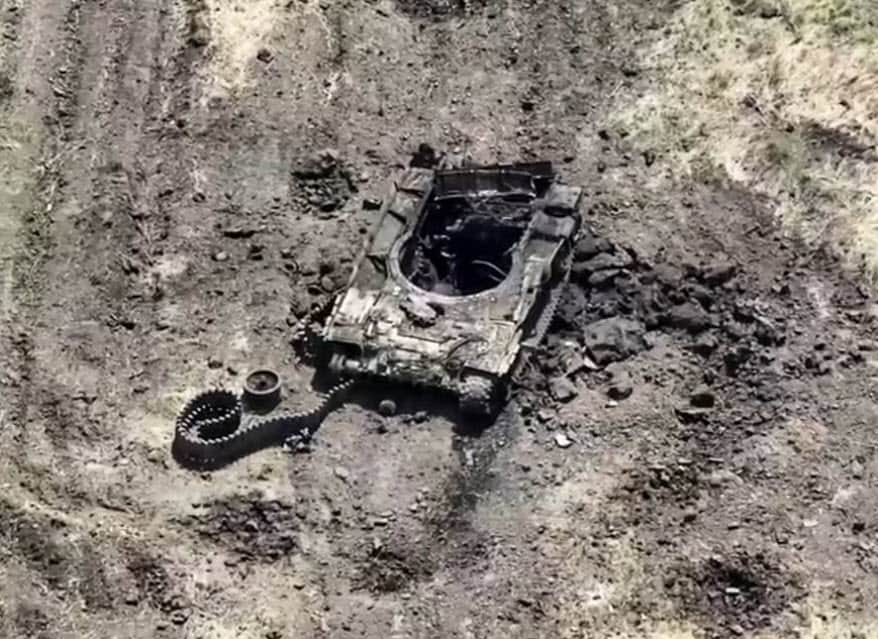
Meanwhile, the Russian Army delivered strikes by tactical missile systems, operational-tactical, long-range and strategic aircraft and missile launchers of the Black Sea Fleet into the enemy’s strategic and operational depth, damaging, destroying or incapacitating for long periods 1,987 facilities, such as ammunition depots, equipment loading stations, armament production and repair plants, bridges and reserve deployment routes. These strikes substantially reduced the operational maneuverability of the Ukrainian army’s combat groups and their fighting efficiency. According to data of various reconnaissance sources, Russian troops destroyed about 4,500 Ukrainian personnel, foreign mercenaries and Western instructors in those areas.
We should note that in repelling the Ukrainian army’s offensive in the summer of 2023, the Russian Army actively employed various types of UAVs, considerably outnumbering the enemy’s unmanned aerial vehicles. Russian troops used 1,200 Lancet loitering munitions and 4,400 FPV drones alone in the battles.
Russian air defenses created in the area of the special military operation proved to be highly efficient, destroying 1,062 enemy MLRS rockets, smart bombs, tactical and cruise missiles, which constituted 87% of the total stock used by the enemy.
Global consequence of Operation Citadel 2.0 collapse
Ukraine and generally even the collective West suffered grave military and political consequences of the failure of Operation Citadel 2.0. The failure of the Ukrainian army’s offensive meant not only a strategic defeat of Kiev’s forces but also the collapse of the united West’s hybrid blitzkrieg when huge economic losses related to unprecedented sanctions and enormous deliveries of various armaments yielded no results. A trend for the West to lose its status as the ruler of the world’s destinies intensified. In turn, this triggered the process of reducing the Western civilization’s spheres of influence, considering that the BRICS association expanded to 11 countries and another 27 states applied for the organization’s membership.
These negative trends for the West led to mounting destructive processes inside the countries constituting that civilization and their peoples began to realize that the course pursued by the globalist elites was pernicious for their existence.
Nationally focused forces began to strengthen their positions and influence in the political spectrum of European countries and the United States. Such forces have already gained power in Hungary and Slovakia. A fierce struggle is underway in the United States between the Republicans and globalists from the Democratic Party.
However, despite such a heavy defeat suffered by the Ukrainian military, the enemy is still strong enough. This is because it is the US-led united West rather than Ukraine with its armed forces that is Russia’s main enemy and Ukraine is just one of the fronts of the West’s hybrid war against Russia. The failure of the first hybrid blitzkrieg does not mean a cessation of the war against Russia. On the contrary, this implies expanding the aggression and beefing up the entire set of actions constituting hybrid warfare, including the opening of new fronts of the armed confrontation.
That is why, similar to how the Soviet Army had a long way to Berlin after winning the Battle of Kursk, today Russia still has to embrace a long struggle after Kiev’s botched Operation Citadel 2.0 until the Final Victory that it will certainly win. But it has already achieved the first and truly Big Victory.